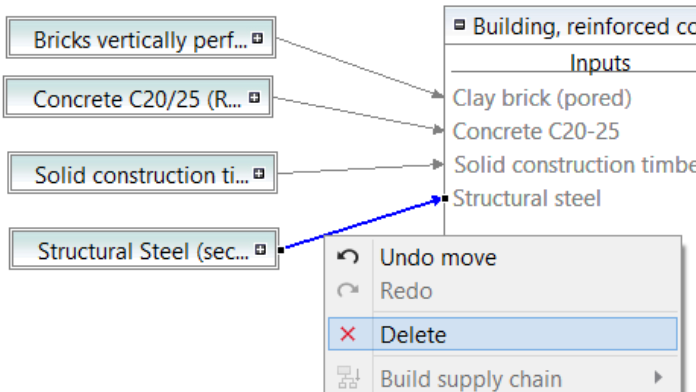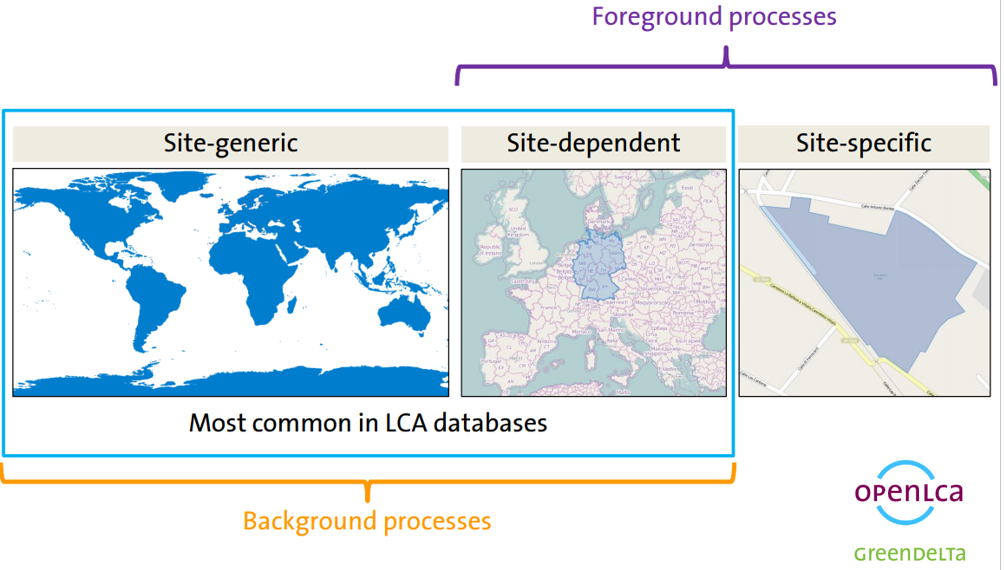

Jolliet O, Saadé-Sbeih M, Shaked S, Jolliet A (2016) Environmental Life Cycle Assessment. Interview: Kim Østergaard J Jensen A/S (2016) Retrieved December 2, 2016, from

Interview: Kathrine Birkemark Olsen and Lene Dalvang (2016) Retrieved from

Interview: Flemming Correll Frank (2016) Retrieved December 2, 2016, from Humbert S, de Schryver A, Bengoa X, Margni M, Jolliet O (2012) IMPACT 2002 +: User Guide (Vol. Huang YQ, Wong CKC, Zheng JS, Bouwman H, Barra R, Wahlström B, Neretin L, Wong MH (2012) Bisphenol A (BPA) in China: a review of sources, environmental levels, and potential human health impacts. Gudmand J (2015) Fem højhuse skal have fjernet PCB. Green Building Council Denmark (2016) Bæredygtigt byggeri, markedsundersøgelse Goldstein B, Birkved M, Quitzau M-B, Hauschild M (2013) Quantification of urban metabolism through coupling with the life cycle assessment framework: concept development and case study. Retrieved August 11, 2016, from ĭansk asbestforening (2010) PCB VejledningĮllgaard L (2018) Brøndby Strands historie. It is concluded that the UM-LCA method can be applied as a tool for decision support, and if economic aspects are incorporated, the UM-LCA approach could be an essential approach for designing sustainable buildings.Īndersen U (2013) Giftige fuger: Fem højhuse skal renoveres for over en halv milliard kr. In this study, it is found that the most environmental friendly PCB-remediation technique is thermal desorption, whereas the technique with the largest environmental impact potential is sand blasting, due to the environmental impacts induced in relation to disposal of the building waste. Finally, UM-LCA’s ability to work as a tool for decision support is discussed and possible ways of implementing the method in sustainable decision-making is considered. Furthermore, are the remediation efficiencies of each technique and the cost of each method considered and compared. Further discussed is how possible inventory errors affect the results and if any assumptions should be considered as critical for the final results.
#USING OPENLCA FOR BUILDING SOFTWARE#
A comparison between the two software tools applied is made, and differences between the two are discussed in detail. The results obtained are presented, and the technique with the smallest impact identified. Based on the assessment results, we compared the remediation techniques and identified the techniques with the smallest and largest environmental impact potentials. In order to validate the results from the simplified software, we carried out the exact same analysis using a more complex tool-OpenLCA 1.5. To process the collected inventory data, we used the simplified product system modeling software Quantis Suite 2.0 (QS2.0). To build an inventory for each technique, we contacted and interviewed experts and studied existing literature, cases, and projects in order to compile information on practical details of the techniques. By combining UM and LCA methodologies, the total environmental impact potentials of the remediation techniques were calculated. To assess the environmental performance of PCB-remediation techniques, the UM-LCA method was applied. The methodological goal of our paper is to test UM-LCA as a decision support tool and discuss application of the method in relation to large refurbishment projects. The actual identification is conducted by comparing four remediation techniques using urban metabolism fused with life cycle assessment (UM-LCA) in combination with information relating to cost and efficiency of the compared techniques. This paper seeks to identify the most environmental friendly way of conducting a refurbishment of Broendby Strand, with focus on PCB remediation.


 0 kommentar(er)
0 kommentar(er)
